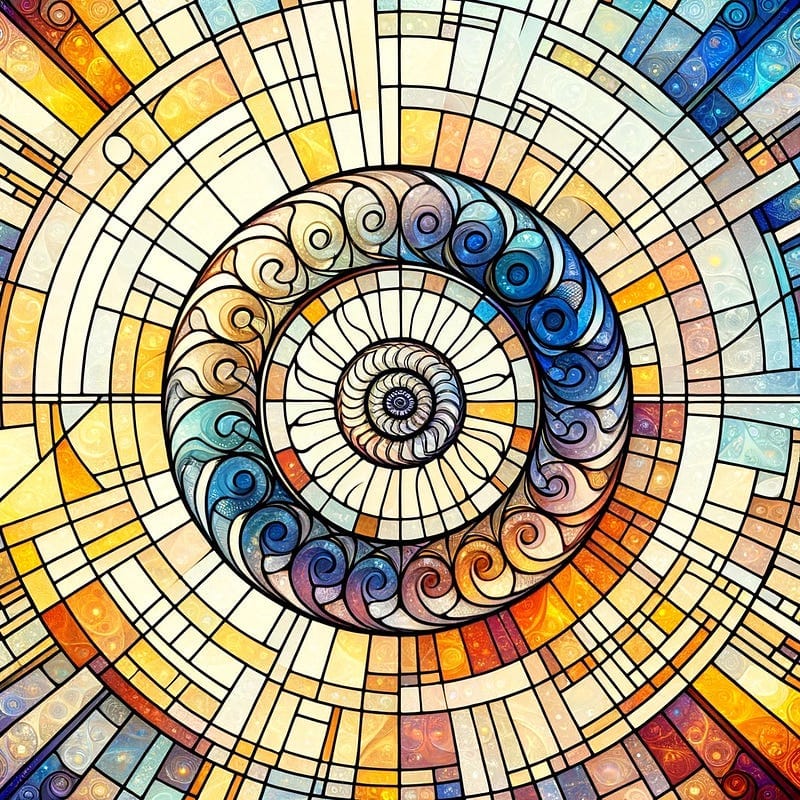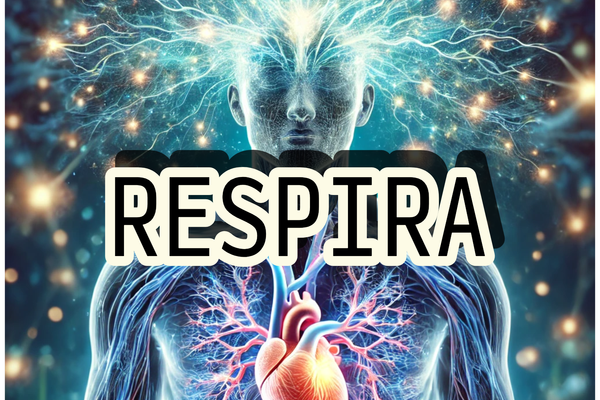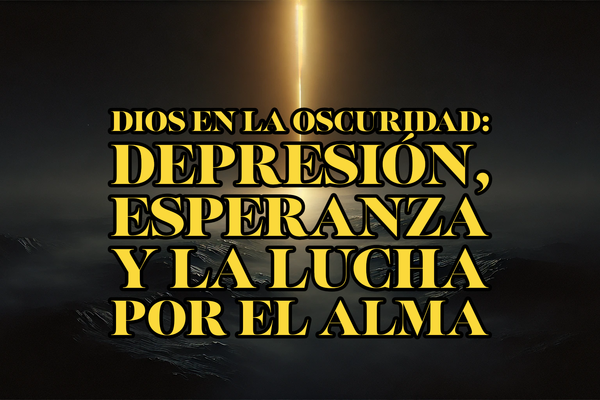Patterns of the Divine: Exploring the Intersection of Fractals, Religion, and Psychedelic…

Patterns of the Divine: Exploring the Intersection of Fractals, Religion, and Psychedelic Experience
Universal patterns have fascinated humanity for millennia, appearing in everything from the structure of galaxies to the intricate designs of snowflakes. These patterns, whether they manifest in the natural world or human creations, evoke a sense of order, beauty, and transcendence. They are not merely aesthetic; they often carry profound symbolic meanings that bridge the gap between the material and the spiritual. In this exploration, we delve into the intriguing connections between fractals, religious experiences, and psychedelic experiences, revealing how these seemingly disparate elements share underlying themes of symmetry, unity, and transcendence.
The purpose of this article is to uncover the hidden threads that link fractals — mathematical patterns that repeat at different scales — with religious experiences and the visual phenomena encountered during psychedelic experiences. By examining these connections, we aim to provide a deeper understanding of how these elements contribute to a greater sense of the divine and the sublime. This exploration is particularly relevant for enthusiasts of Buddhism, religion, and philosophy, who seek to understand the interconnectedness of these phenomena and how they shape our perception of reality.
Fractals, with their self-similar structures, are found throughout nature and art, symbolizing infinity and the complex beauty of creation. In religious contexts, patterns such as those seen in stained glass windows and mandalas are not just decorative but serve to convey spiritual truths and facilitate meditative states. Similarly, the golden ratio and Fibonacci sequence, often referred to as divine proportions, appear in both natural forms and human-made structures, suggesting an inherent order to the universe.
Psychedelic experiences further illuminate these connections. Under the influence of substances like psilocybin or LSD, individuals often report heightened perceptions of patterns and colors, experiencing a sense of unity and interconnectedness that echoes the spiritual insights gained through religious practices and the contemplation of mathematical beauty. These experiences challenge our conventional understanding of consciousness and reality, offering glimpses into the profound interconnectedness of all things.
In this article, we will explore how these universal patterns serve as a bridge between the material and the spiritual, the scientific and the mystical, providing a holistic understanding of the divine’s role in shaping our world and our consciousness. Through this journey, we hope to enrich your appreciation of the profound beauty and order that underpin our existence.
Understanding Patterns and Symmetry
Patterns and symmetry reveal the inherent order of the universe. Patterns are repeated designs or sequences, while symmetry involves balanced similarity between halves of an object. These concepts, rooted in mathematics and science, are aesthetically pleasing and illustrate natural and human-made order.
In nature, patterns and symmetry appear in snowflakes’ hexagonal designs and flowers’ Fibonacci sequence, optimizing resource arrangement. Larger phenomena like galaxy spirals and tree branches also showcase these principles, enhancing functionality and sustainability.
Human art and architecture draw from these natural patterns. Mosaics with geometric designs and iconic structures like the Parthenon and Taj Mahal use symmetry to create balance and beauty.
Fractals, the golden ratio, and the Fibonacci sequence are key to understanding these concepts. Fractals, with self-similarity, are found in coastlines and clouds, showing infinite complexity. The golden ratio (approximately 1.618) appears in shells, ancient architecture, and more, creating harmony. The Fibonacci sequence, seen in sunflowers and hurricanes, highlights universal patterns.
Religious Experiences and Patterns
Religious experiences often involve profound feelings of awe, transcendence, and connection to a higher power. These experiences can vary widely but typically include a sense of overwhelming peace, unity with the universe, and encounters with the divine. They often transform individuals, providing deep insights and a renewed sense of purpose and meaning.
Patterns play a significant role in religious art and architecture, serving both aesthetic and symbolic purposes. For example, the intricate designs of stained glass windows in cathedrals are not merely decorative; they are crafted to inspire reverence and reflection. These windows often depict biblical scenes and saints, using light and color to create an ethereal atmosphere that elevates the spiritual experience. The geometric precision and symmetry of these patterns reflect a divine order and harmony, reinforcing the sacredness of the space.
In Islamic art, the use of repeating geometric patterns and arabesques in mosques and manuscripts symbolizes the infinite nature of Allah. These patterns, with their precise mathematical structure, suggest an underlying order and perfection that mirrors the divine. Similarly, mandalas in Buddhist and Hindu traditions use intricate patterns to represent the cosmos and the path to enlightenment. The process of creating and meditating on these patterns is intended to guide practitioners toward spiritual insight and inner peace.
These patterns are not just artistic choices but are imbued with deep spiritual significance. They symbolize broader spiritual truths, such as the interconnectedness of all life, the cyclical nature of existence, and the presence of a higher order. By contemplating these patterns, believers are reminded of the divine principles that govern the universe and their place within it. This symbolism helps convey religious narratives, making abstract spiritual concepts more tangible and accessible to the faithful.
Fractals and the Infinite
Fractals are complex patterns characterized by self-similarity, meaning they repeat at different scales. This self-similarity allows fractals to exhibit infinite detail, no matter how closely you zoom in or out. Mathematically, fractals are generated by repeating a simple process over and over, leading to intricate and infinitely complex structures.
In nature, fractals are abundant. Coastlines are a classic example; their jagged edges reveal more complexity as you examine them more closely, maintaining a consistent level of detail at every scale. Ferns display fractal patterns in their leaves, where each small leaf mirrors the shape of the entire frond. Snowflakes, lightning bolts, and mountain ranges also exhibit fractal characteristics, illustrating the pervasive presence of these patterns in the natural world.
Fractals have also influenced art, most notably in the work of M.C. Escher. His intricate, mathematically inspired drawings, such as “Relativity” and “Infinite Staircase,” explore the concepts of infinity and self-similarity. Escher’s work often features repeating patterns that draw the viewer into a seemingly endless loop, highlighting the mesmerizing and infinite nature of fractals.
The infinite nature of fractals resonates deeply with religious and philosophical themes of the infinite and the divine. Fractals symbolize the concept of infinity, suggesting a universe that is boundless and ever-expanding. This symbolism aligns with many spiritual beliefs that view the divine as infinite and omnipresent. In religious contexts, fractals can represent the idea that the divine is present in every part of the universe, no matter how small or large.
Philosophically, fractals challenge our understanding of the finite and infinite, prompting reflections on the nature of reality and existence. They illustrate that complexity and beauty can arise from simple, repeated processes, mirroring the way simple spiritual practices can lead to profound insights and transcendence.
The Golden Ratio and Fibonacci Sequence: Divine Proportions
The golden ratio, approximately 1.618, and the Fibonacci sequence, where each number is the sum of the two preceding ones, are mathematical concepts that have fascinated scholars and artists for centuries. The golden ratio, denoted by the Greek letter phi (φ), is a proportion that creates aesthetically pleasing and harmonious compositions. The Fibonacci sequence starts with 0 and 1, progressing as 0, 1, 1, 2, 3, 5, 8, and so on, and the ratio of successive Fibonacci numbers approximates the golden ratio.
Historically, these concepts have been applied in various fields, notably in art and architecture. The Parthenon in Greece and the pyramids of Egypt are thought to embody the golden ratio in their design, creating structures that are both visually appealing and structurally sound. In nature, the Fibonacci sequence appears in the arrangement of leaves, the branching of trees, and the spirals of shells and galaxies. Sunflowers, for instance, display this sequence in the arrangement of their seeds, optimizing space and growth efficiency.
The philosophical implications of the golden ratio and Fibonacci sequence are profound. These patterns suggest a universal order, indicating that certain proportions are intrinsically pleasing and functional. This has led many to view these mathematical properties as evidence of a divine design, a blueprint that underpins the fabric of the cosmos. They provide a bridge between the tangible and the spiritual, suggesting that beauty and harmony are fundamental principles of the universe.
The Psychedelic Experience
The psychedelic experience is a profound alteration of perception, cognition, and consciousness induced by substances like psilocybin, LSD, and mescaline. Users often report a heightened sense of awareness and connection to their surroundings, accompanied by vivid visual and auditory hallucinations. These experiences can significantly alter an individual’s sense of time, space, and self, leading to transformative insights and a sense of unity with the universe.
One of the most striking aspects of the psychedelic experience is the enhancement of visual phenomena. Users frequently describe seeing intensified patterns and colors, with ordinary objects appearing more vibrant and intricate. Geometric shapes, fractal patterns, and mandala-like designs often dominate the visual field, creating a sense of infinite complexity and beauty. These visual effects can be both awe-inspiring and overwhelming, contributing to the profound emotional impact of the experience.
The psychedelic experience shares many similarities with religious experiences, particularly in the themes of awe, interconnectedness, and altered perception. Both types of experiences often involve a profound sense of wonder and reverence for the universe. Users report feelings of unity and interconnectedness, sensing that all things are part of a greater whole. This mirrors the spiritual insights gained during deep meditation, prayer, or other religious practices, where individuals feel a direct connection to the divine or a higher state of consciousness.
Moreover, both psychedelic and religious experiences can lead to lasting changes in perception and worldview. They can provide a sense of clarity and understanding, revealing previously unseen connections and patterns in the world. These insights often carry significant personal meaning, leading to changes in behavior, values, and life goals. The sense of transcendence experienced during these states challenges the boundaries of ordinary consciousness, suggesting that reality is far more complex and interconnected than it appears in everyday life.
Altered States of Consciousness and Aesthetic Perception
Altered states of consciousness encompass experiences such as meditation, psychedelic use, and mystical encounters. These states profoundly alter our usual modes of perception, thought, and emotion, offering glimpses into different aspects of reality and consciousness.
In these states, the perception of patterns, symmetry, and beauty is often heightened. Meditation can lead to a deep appreciation of the present moment, where the intricate details of one’s surroundings become more vivid and meaningful. Psychedelics intensify visual and auditory stimuli, revealing complex fractal patterns, vibrant colors, and symmetrical designs that seem to pulse with life. Mystical experiences, too, can unveil an underlying order and harmony in the universe, fostering a sense of awe and wonder.
These enhanced perceptions are closely linked to spiritual insights and philosophical reflections. In altered states, individuals often feel a profound connection to a greater whole, perceiving the interconnectedness of all things. This can lead to a reevaluation of reality, challenging the boundaries of ordinary consciousness and suggesting that deeper truths lie beyond our everyday experience. Philosophically, these states invite contemplation on the nature of existence, consciousness, and the possibility of a higher order or divine presence.
Unity and Interconnectedness
The concept of interconnectedness is central to many spiritual and philosophical traditions. In Buddhism, interdependence (pratītyasamutpāda) emphasizes that all phenomena arise in dependence upon other phenomena, highlighting the interconnected web of existence. Similarly, Hinduism’s concept of Brahman describes an ultimate, unchanging reality underlying all things, indicating that all forms of life and matter are manifestations of a single, unified essence.
Fractals and the golden ratio powerfully symbolize this interconnectedness. Fractals, with their self-similar patterns that repeat at different scales, demonstrate how complex structures can emerge from simple, repeated processes. This self-similarity suggests a fundamental unity underlying apparent diversity. The golden ratio, found in the proportions of natural objects and classical architecture, represents harmony and balance, reinforcing the idea of an underlying order that connects disparate elements.
Philosophically, these patterns support arguments for a universally interconnected reality. The presence of fractals in natural forms, such as coastlines, trees, and weather patterns, indicates that the same principles govern different levels of existence. This suggests a fundamental interconnectedness that transcends individual forms. The golden ratio’s ubiquity in nature and human creations further implies a harmonious structure to the universe, where all parts contribute to a coherent whole.
These patterns invite us to consider a worldview in which all things are interrelated, supporting the idea that the universe operates as an integrated system. They challenge the notion of isolated entities, instead proposing that everything is part of a greater, interconnected reality. This perspective aligns with many spiritual and philosophical teachings, offering a deeper understanding of the unity that underlies our existence.
Symbolism and Meaning in Patterns
Symbols play a crucial role in religious and psychedelic experiences, often manifesting as intricate patterns that convey profound meanings and messages. These patterns, whether encountered in sacred art or during altered states of consciousness, serve as visual representations of deeper spiritual truths and philosophical concepts.
In religious contexts, patterns are used to communicate complex ideas and narratives. For example, mandalas in Buddhism are intricate, circular designs that represent the universe and the journey toward enlightenment. Each element within a mandala has symbolic significance, guiding practitioners in meditation and reflection on the interconnectedness of all things. The process of creating and contemplating a mandala helps individuals focus their minds and achieve spiritual insight.
In Christianity, stained glass windows in cathedrals tell biblical stories through vibrant colors and detailed imagery. These patterns are not merely decorative but serve to educate and inspire worshippers, illustrating key events and teachings from the scriptures. The light passing through these windows creates a transcendent atmosphere, reinforcing the sacredness of the space and the divine narratives depicted.
Psychedelic experiences often involve the perception of complex, fractal-like patterns. These visual phenomena can be deeply symbolic, representing the infinite and interconnected nature of the universe. Users frequently describe encounters with geometric shapes and vibrant colors that evoke feelings of awe and unity. These experiences can lead to lasting changes in perception and understanding, reinforcing the idea that all life and matter are interconnected.
Case studies of symbolic patterns highlight their spiritual and philosophical significance. For instance, the Tree of Life in Kabbalistic tradition is a complex diagram representing the interconnectedness of all creation and the path to divine wisdom. In Hinduism, yantras are geometric patterns used in meditation and worship, symbolizing the cosmos and the divine energy that permeates it.
In this exploration of patterns and their profound significance, we have journeyed through the realms of religious experiences, fractals, the golden ratio, and psychedelic experiences. Each of these elements, while seemingly disparate, shares a common thread: the presence of intricate patterns that reveal deeper truths about our universe and our place within it.
We began by understanding the fundamental role of patterns and symmetry in nature and human creations. From the geometric precision of snowflakes and flowers to the harmonious proportions in art and architecture, patterns are everywhere, serving as a bridge between the physical and the abstract. The golden ratio and Fibonacci sequence, in particular, demonstrate how mathematical principles can manifest in the natural world, creating a sense of order and beauty that transcends individual elements.
Religious experiences, with their profound feelings of awe and transcendence, often involve the perception of sacred patterns. Whether through the stained glass windows of cathedrals or the intricate designs of mandalas, these patterns are imbued with spiritual significance, symbolizing divine order and interconnectedness. Similarly, psychedelic experiences amplify our perception of patterns, revealing the fractal-like complexity of reality and fostering a sense of unity and interconnectedness.
Fractals, with their self-similar, infinite nature, provide a visual metaphor for the concept of infinity and the divine. These patterns, repeating at different scales, suggest a fundamental interconnectedness that resonates with religious and philosophical themes. The golden ratio and Fibonacci sequence further reinforce this idea, highlighting the presence of universal principles that govern both nature and human creativity.
By recognizing the shared elements of religious experiences, fractals, the golden ratio, and psychedelic experiences, we can gain a deeper understanding of reality and spirituality. These patterns remind us that there is an underlying order and harmony in the universe, a hidden structure that connects all things. This recognition can lead to profound insights, inspiring us to look beyond the surface and explore the deeper, interconnected nature of existence.
The study of patterns and their significance in religious, artistic, and psychedelic contexts enriches our understanding of the world. It invites us to contemplate the infinite complexity and beauty of the universe, encouraging a sense of wonder and reverence for the interconnectedness of all life. By embracing these connections, we can foster a deeper appreciation of reality, spirituality, and our place within the cosmos.



